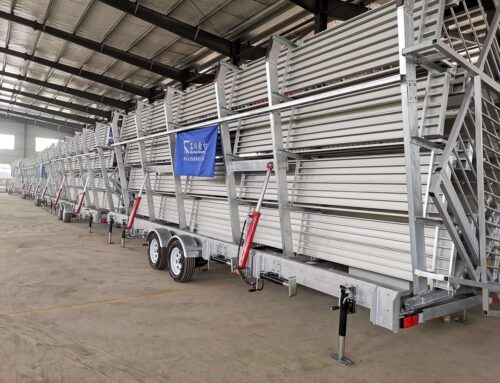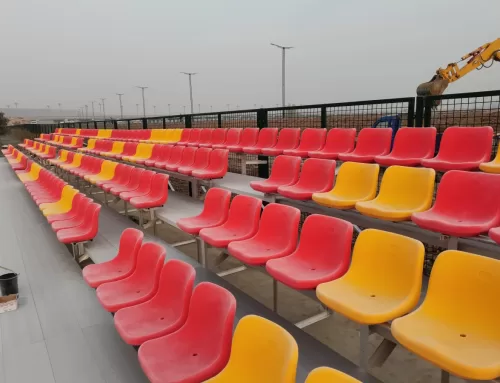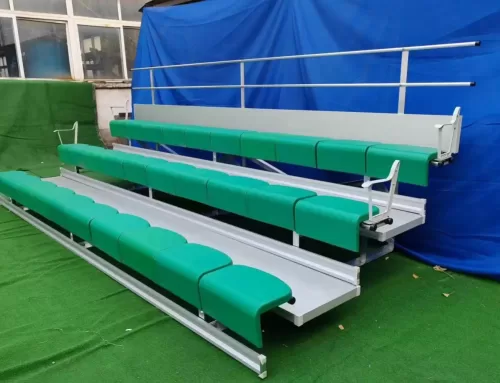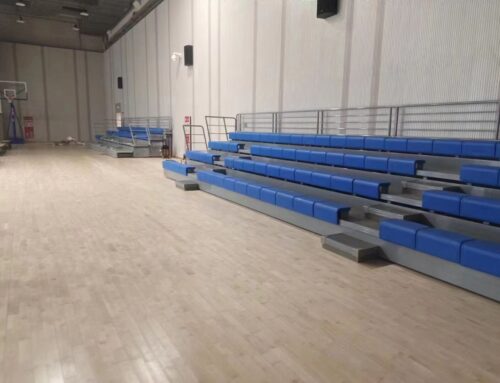As China gradually undertake more large-scale sports events, how to make good use of the stadiums after the game, so as to better promote the local economic development and promote the improvement of sports culture is a great challenge. The diversified utilization of many urban sports stadiums has given us great inspiration.

Resources Utilization
1. According to the attributes of resources, stadium resources also have three attributes: practicality, scarcity, and selectivity.
2. The stadiums resources are very rich. We can divide them into different types according to different standards. According to their functions, they can be divided into: competition resources, commercial resources, advertising resources, tourism resources, auxiliary facilities resources and national fitness resources. According to the form of existence, they can be divided into tangible resources and intangible resources.
3. The development resources of stadiums can be divided into connotative development and extensional development. Connotative development mainly refers to the new excavation or reorganization and deployment of existing stadium resources. One point that the connotative development of sports venues should be emphasized is that it must be for the purpose of developing sports and cannot be used for other purposes. Epitaxial development mainly refers to the use of various effective means and approaches to realize the development and utilization of resources by increasing the type and quantity of resources.
Analysis of the restrictive factors of the post-match utilization of large-scale sports venues
1.The construction of stadium hardware facilities is a prerequisite for post-game utilization.
2.The unreasonable investment structure results in a disconnect between stadium construction and operation management.
3.The overall management is not optimistic
4.The marketing concept is relatively lagging behind, and the management concept needs to be further improved.
5.Establish an effective performance mechanism, and the enthusiasm of the staff needs to be improved.
6.The current management system is an important factor restricting the use of stadium after the game.

Effective management of industrial operations
1.Highlight public benefits
Enjoy the tax reduction policy to the maximum extent. At present, the sports stadiums are subject to 5% business tax, corporate income tax and urban construction tax, 12%-17% house rental tax, and land use tax, education surcharge, and public security fees. It must be carried out from the perspectives of national leisure, national physique, social space, and asset efficiency, so as to enjoy the tax reduction and exemption policy to the maximum extent permitted by the policy and reduce working cost.
2.Expand service content
The setting of large-scale stadium management projects can be summarized into the following main aspects: sports competition performances, athletic training, fitness and entertainment, theatrical performances, large-scale expositions, tourism, leisure, property development, exhibitions, shopping, business, leisure, advertising, rental, sports Culture, etc., do not stick to the outdated concept of sports oriented and exclude non-sports activities. This should be a rational choice for the operation of stadiums.
3.Diversify operational risk
In developed countries, sports facilities are rarely invested and constructed by the state, and their sports facilities are basically undertaken by the state, enterprises, consortia, foundations and non-governmental organizations. For example, the Stade de France, home of the World Cup in France in 1998, had a total construction cost of 2.64 billion francs. Among them, 47% are borne by the state, and 57% come from private funds. Therefore, we need to learn from its good experience and gradually transform stadiums from business-oriented to market-oriented, so as to attract funds from all aspects to be put into operation, and to effectively reduce the burden of local finance while generating stadium. The investment structure makes large stadiums pay more attention to the actual use effect and economic benefits, so they pay more attention to the actual pre-planning, architectural design and business relationship, laying a foundation for the post-game utilization, and truly operating the stadium facilities as an industry.
4.Save operating costs
Outsource cleaning, maintenance, ticketing, business contacts, etc. to professional companies. The subsidiary facilities and idle land of Guangzhou Tianhe Sports Center are managed by leasing, contracting and entrusting management, and introducing external capital for operation. The cultural and entertainment area, the racing field area (mainly including the track, the stadium command center, the medical emergency center, the news center, the security inspection center, the racing car modification center, the racing car maintenance area, the grandstand facilities, the racing car protection facilities, the helipad, the fuel Supply stations, oil depots, racing schools, parking lots) and other ancillary facilities and idle land can be leased, contracted, and managed, and external capital is introduced for operation.
5.Shape urban culture
Cultural marketing aimed at attracting events and cultivating festivals, such as the Olympic history in the German Olympic Stadium, the soul of French car culture through the Le Mans event, as well as the club culture and World Cup culture attracts tourists from all over the world, so a good brand event can shape urban culture.
6.For the international market
Sports stadiums are only viable when they face the international market. Large-scale sports stadiums in the United States generally introduce professional sports management companies for human resource management and venue maintenance, and employ professional sports venue management companies to operate and manage local sports venue facilities. To develop the Chinese sports industry, it must keep pace with the development of the international sports industry, integrate with our market, and adapt to the needs of the masses. Commercially package the sports venues so that they can be perfectly integrated with sports competitions, continuously improve the investment environment, actively attract investment, and make world brand events settle down.

We can see that the choice of the post-competition utilization plan of the competition stadiums is a key step in realizing a long-term and healthy sports investment project. It must be carefully thought out and planned. A construction investment plan with a virtuous cycle should be the first choice for our overall planning.




